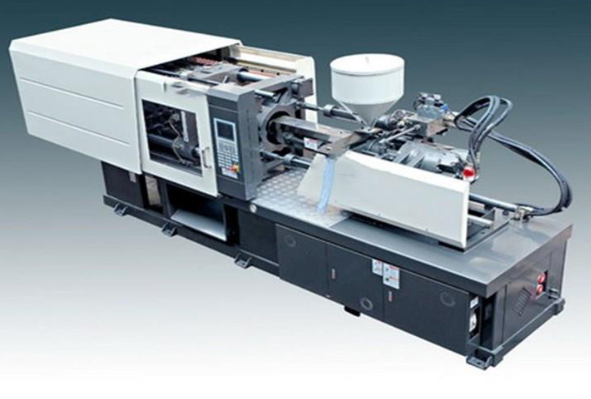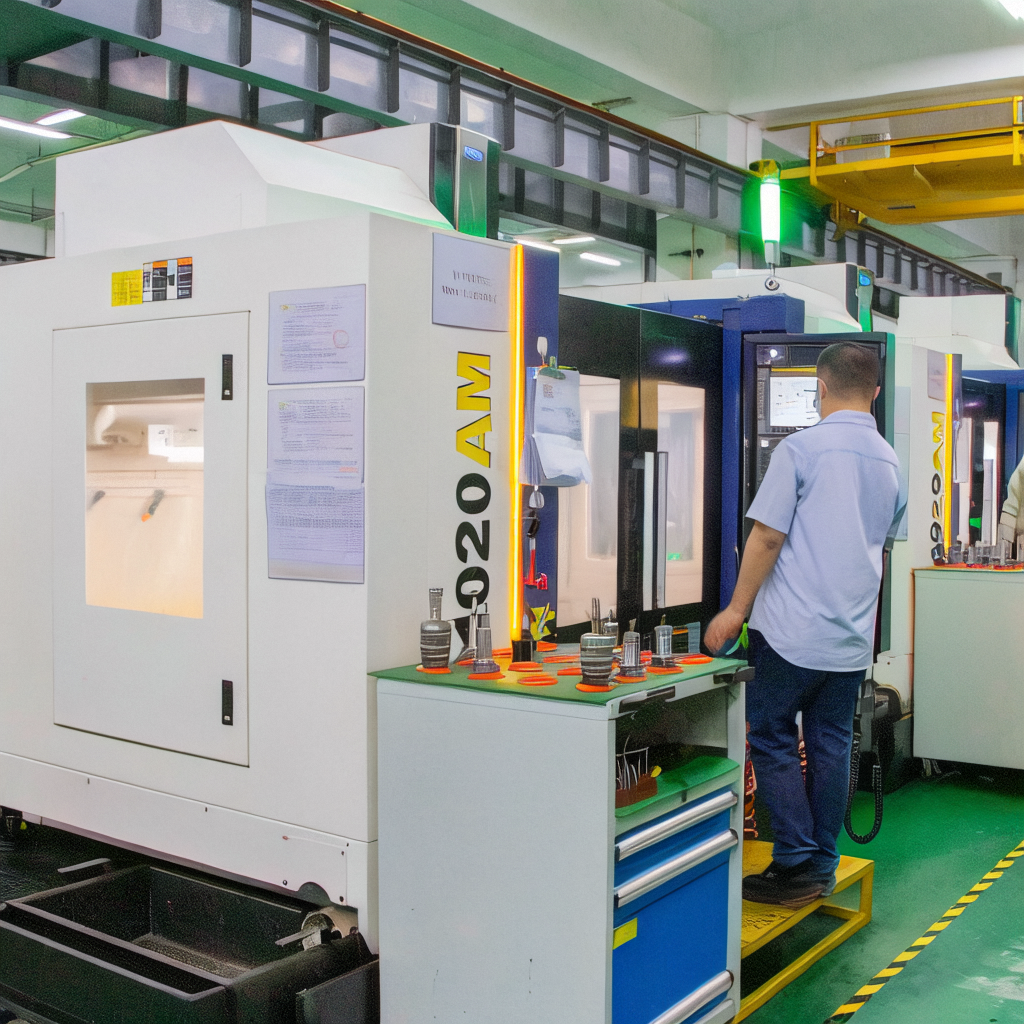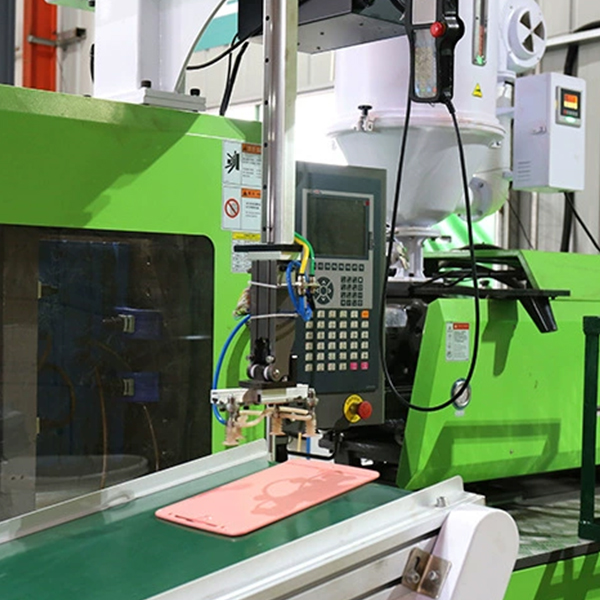Common Types of Injection Molding Machines and Their Applicable Scenarios
Title: Common Types of Injection Molding Machines and Their Applicable Scenarios
Abstract: Injection molding machines are pivotal in shaping plastic materials into diverse products across industries. Understanding the various types and their respective applications is crucial for manufacturers to select the most suitable equipment for their production needs. This article elucidates the common categories of injection molding machines, including hydraulic, electric, hybrid, vertical, and horizontal machines, alongside specialized machines like two-shot, multi-component, micro-injection, and injection stretch blow molding (ISBM) machines. Each type's unique features and advantages are highlighted, guiding readers in identifying the optimal choice for specific manufacturing scenarios.
Keywords: Injection Molding Machines, Hydraulic, Electric, Hybrid, Vertical, Horizontal, Two-Shot, Multi-Component, Micro-Injection, ISBM, Manufacturing Scenarios
Article:
Injection molding, a cornerstone of modern manufacturing, relies on specialized machinery to transform thermoplastic and thermosetting polymers into intricate shapes and components. With technological advancements, injection molding machines have diversified into several categories, each tailored to meet specific production requirements and enhance efficiency. Here, we delve into the common types of injection molding machines and outline the scenarios where they excel.
-
Hydraulic Injection Molding Machines
-
Description: These machines utilize hydraulic fluid to generate the force necessary for injecting molten plastic and clamping the mold.
-
Applicable Scenarios: Suited for heavy-duty, high-tonnage applications where high injection pressures are required, such as large automotive parts or thick-walled containers.
-
-
Electric Injection Molding Machines
-
Description: Electric machines use servo motors and ball screws for precise control over injection, clamping, and ejection movements.
-
Applicable Scenarios: Ideal for precision molding applications demanding tight tolerances and repeatability, such as electronic components, medical devices, and optical parts.
-
-
Hybrid Injection Molding Machines
-
Description: Combining the power of hydraulics for clamping with the precision of electric drives for injection and control, hybrids offer a balance between performance and efficiency.
-
Applicable Scenarios: Suited for high-volume, high-precision production where energy savings and quick cycle times are crucial, like packaging and consumer goods.
-
-
Vertical Injection Molding Machines
-
Description: With the mold aligned vertically, these machines are particularly useful for insert molding and overmolding processes.
-
Applicable Scenarios: Ideal for applications involving the insertion of metal or plastic parts into the mold cavity before injection, such as electrical connectors or handles.
-
-
Horizontal Injection Molding Machines
-
Description: The most common type, with the mold in a horizontal position, facilitating ease of automation and high-speed production.
-
Applicable Scenarios: Suitable for a wide range of products from simple to complex, where automation and high output rates are prioritized, like automotive, household appliances, and toys.
-
-
Specialized Machines
-
Two-Shot Machines: Enable simultaneous or sequential injection of two different materials or colors, enhancing product functionality and aesthetics.
-
Multi-Component Machines: Capable of injecting multiple materials in one cycle, creating complex parts with varied properties in a single piece.
-
Micro-Injection Machines: Designed for small, intricate parts with high precision requirements, often used in microelectronics and medical implants.
-
Injection Stretch Blow Molding (ISBM) Machines: Specifically for producing hollow plastic objects like bottles, combining injection and blowing processes for superior strength and clarity.
-
Selecting the right type of injection molding machine is a critical decision that directly impacts production efficiency, product quality, and ultimately, profitability. Manufacturers must weigh the specific demands of their products, production volumes, and desired level of precision when choosing the most fitting machine for their manufacturing scenarios.
Published on:2024-04-29 15:38
넶Views:0






